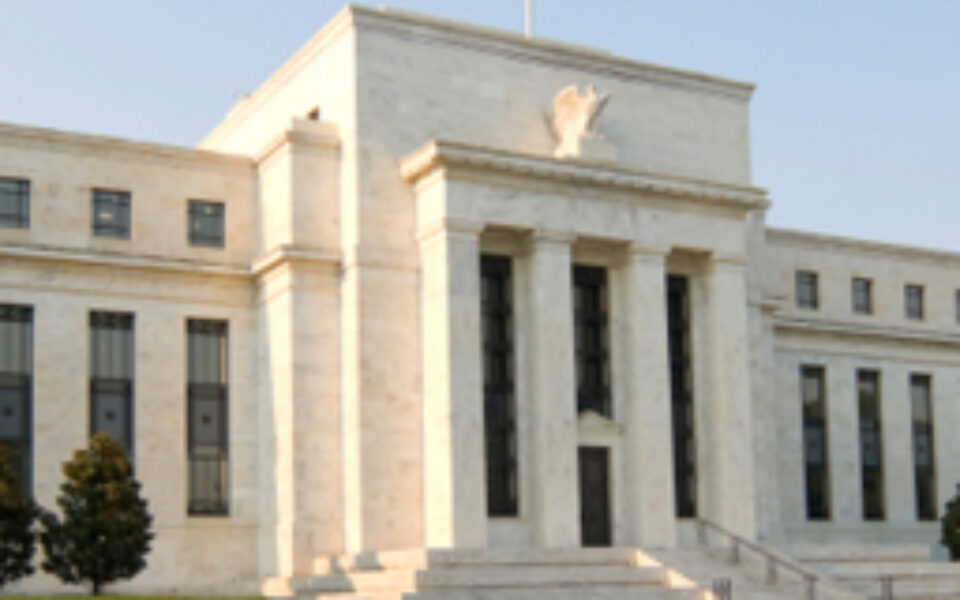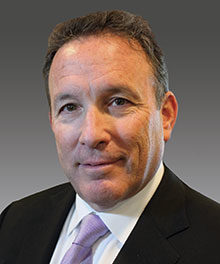No Action is the Best Action on Sequestration

This week I’d like to get out in front of the story we will all be sick of by the end of next week – the latest installment of our impending fall off the fiscal cliff. This chapter is about the automatic federal spending cuts (sequestration) scheduled to take effect March 1 in order to help rein in our deficit. On the line is $1.2 trillion in cut-backs over 10 years, to be split between defense and discretionary domestic programs.
Failure to take meaningful deficit reduction action is what got us into this mess, and it may just be what forces our hand to get us out of it. I, for one, am not persuaded that intervention to halt the clock, postpone the inevitable or shrink the parameters of sequestration is in the country’s best interest.
Our country has a serious problem. We spend more than we take in. There is not an enterprise in history that has succeeded under this formula. It’s really very simple. We cannot sustain current spending. Nor do we have any hope of reducing our record deficit without either cutting our budget or raising receipts to the federal coffers, or both.
As painful as the hard choices may be, we really have no choice at all.
The last time the country was in all-out fiscal cliff panic, the White House and Congress struck a last minute deal to extend the Bush tax cuts, just as 2012 passed the baton to 2013. A lot of people breathed a serious sigh of relief. But it did nothing to rectify the extremely dangerous fiscal situation in which our country remains.
Our elected officials apparently have neither the stomach nor the ability to take meaningful steps to return us to fiscal health. There are three basic options: raise taxes, continue borrowing, or cut spending.
I think we’ve done enough in the tax-raising department. Our highest earners in places like California and New York City are now paying in excess of 50% of their income in taxes. That means some people work from January until mid-July just to keep up with their federal, state and local tax income tax obligations.
Our government has done an excellent job of printing money and taking on debt. In 2000, we had a balanced budget and a federal surplus of $236 billion. We haven’t had a balanced budget since, and today we have a whopping federal deficit of $16.6 trillion. When is enough enough? It’s time to stop borrowing.
That leaves spending cuts as the only prudent option. So let sequestration take effect, PLEASE! Since 2008, when our country entered the biggest economic downturn since the Great Depression, many of us who own or manage private businesses have had to implement far greater cuts in order to stay in business. We don’t have the luxury of demanding more than our customers are willing to pay, the equivalent of raising taxes. And we surely don’t have the ability to just pull dollars from thin air to deposit into our bank accounts, the equivalent of printing money. What we have to do in order to stay in business, pay our employees and vendors and provide quality products and services to our customers and clients is to make sure our expenses don’t exceed our revenues. It’s not that complicated.
In order to remain in business, many of our clients have had to make extremely hard management decisions about what and where to cut, so that their expense structures match their declining revenues or profit bases during the economic downturn. It’s time for our elected officials to do the same.
